Looking for top journals in a subject area – An example with Language and Linguistics
Librarians have often received enquiries on how to locate top journals for a particular subject or research area. Here we will show how you can find top journals for a specific subject category, using Language and Linguistics as an example. You can apply the same steps for your own research area.
InCites Journal Citation Reports (JCR) and Scopus Journal Metrics are two commonly used platforms for journal evaluation.
Common metrics to measure Top Journals:
- Impact Factor (IF)/ CiteScore
- Quartiles (Top 25% = Q1)
Below is a table for comparison of these two platforms:
| Platform | InCites JCR | Scopus Journal Metrics |
| Data source | Web of Science | Scopus |
| Indicator for measurement | Impact Factor (IF) | CiteScore |
| Ranking by | Quartiles | Top 10% & Quartiles |
- Incites Journal Citation Reports (JCR)
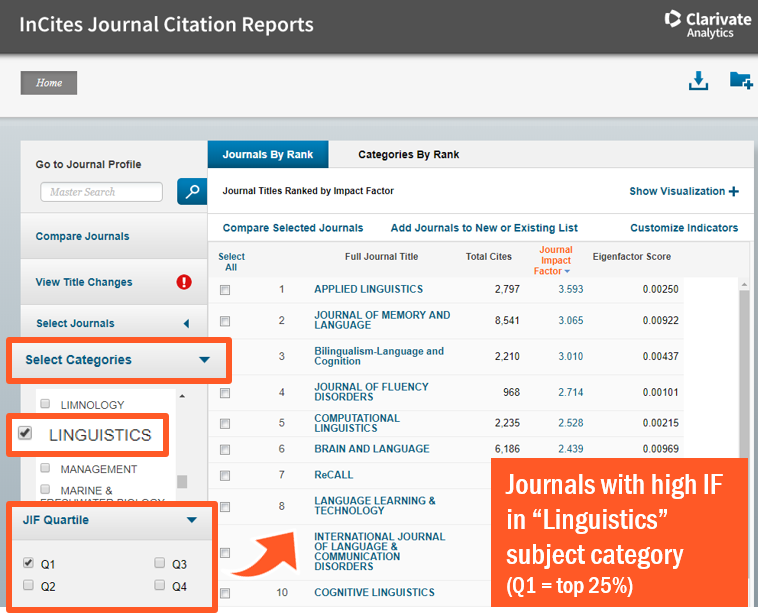
Note: only journals indexed in Web of Science – Science Citation Index Expanded (SCIE) and/or Social Sciences Citation Index (SSCI) will have an IF and thus can be found in JCR.
Visit our guide to learn more about JCR and Journal Impact Factor.
- Scopus Journal Metrics
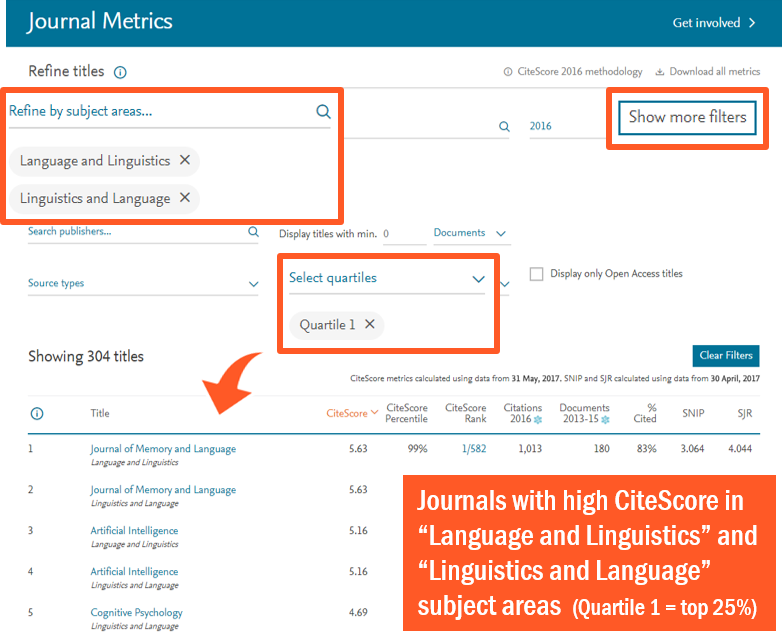
Note: only journals indexed in Scopus are listed in this platform. Scopus covers around twice of the journals covered in Web of Science SCIE and SSCI.
Visit our guide to learn more about CiteScore.
Identifying research trends in a subject area to plan your future work
SciVal, a research analytical tool, has a module to let you study the research trends by analyzing the developments of a research area in terms of publication information, contributing institutions, funders, authors and countries. In addition, SciVal provides analysis on key phrases by identifying important concepts from publications within a research area. You can see which of these key phrases are growing or declining in research output over the last few years.
SciVal uses data from Scopus, a citation database that covers approx. 23,000 peer-reviewed scholarly publications in multi-disciplines.
Here is an example to show how to identify research trends in language & linguistics. The steps can be adapted to other subject areas.
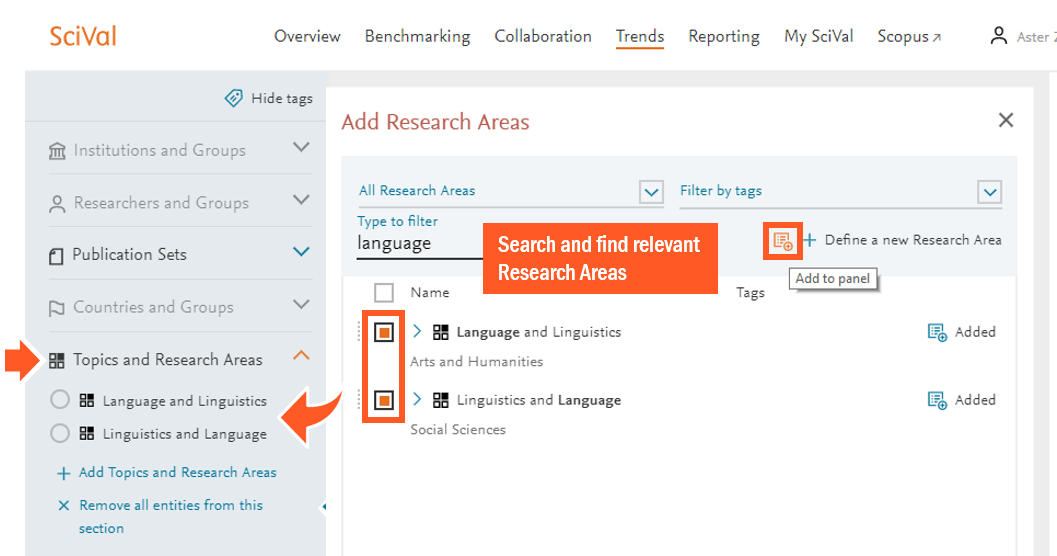
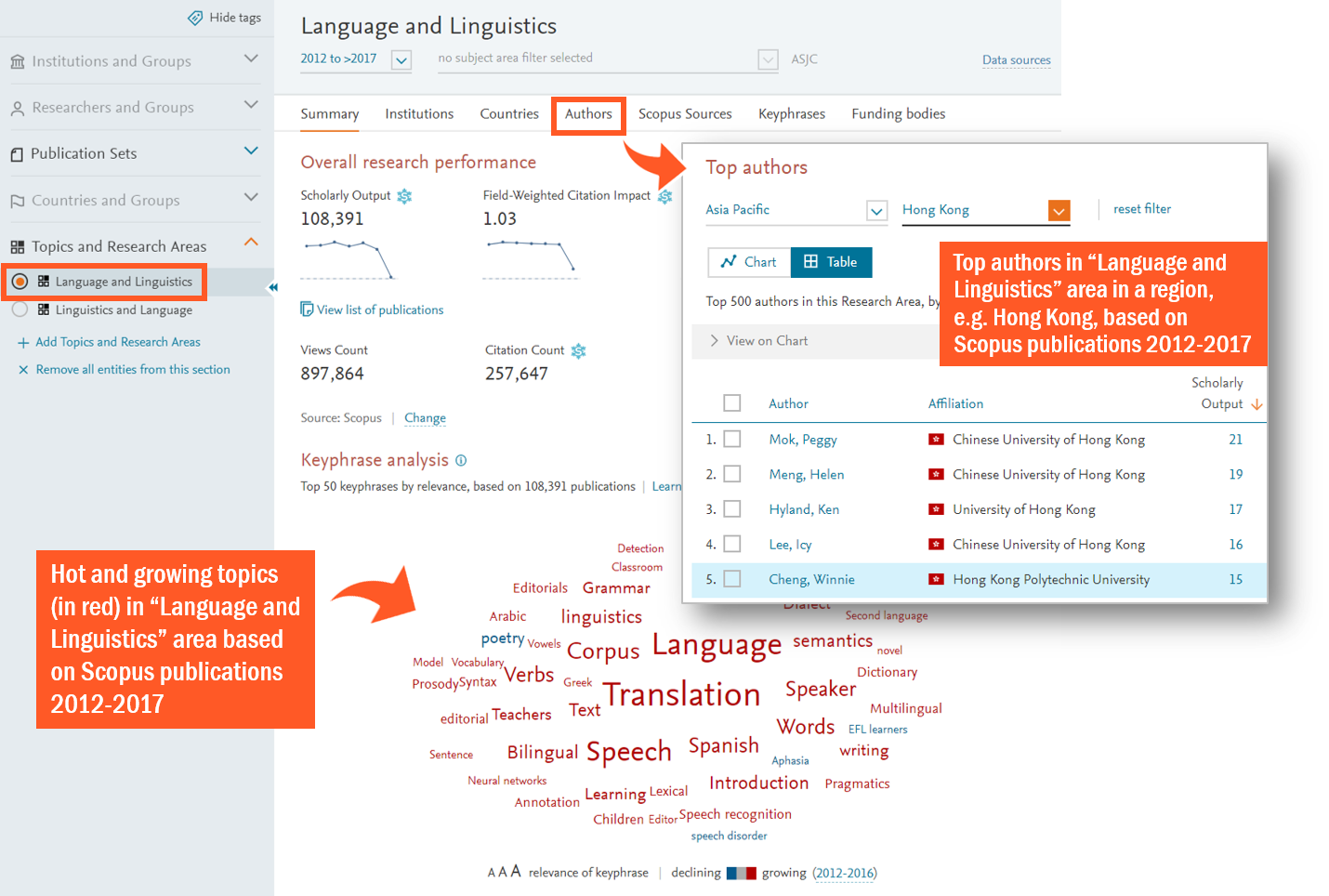
Visit this page to learn more about SciVal Trends module. A SciVal workshop will be organized in April 2018. Stay tuned on our workshop schedule!
3 tips when sharing your works online
- Choose the right version of manuscript to share
Publishers usually make distinctions between three primary versions of a manuscript: the Pre-Print, the Post-Print and the Published version. Pre-Print is the original manuscript the authors submitted to the journal. Post-Print, or "final accepted manuscript", is the version that has gone through the peer review, accepted by the journal, but not yet copy-edited. Published version is the final formatted version that can be seen on publisher's site. Most publishers DO NOT allow sharing the published version online. As an author, you will benefit from sharing the appropriate version of your work. You do not need to worry about the citations – they are always attributed to the published version of your work.

- Upload full-text in PIRA, instead of a commercial site
PIRA (PolyU Institutional Research Archive) is the institutional repository of PolyU. Upload your works into PIRA makes your research works permanently archived. Your publications will also become more visible and discoverable through Google and Google Scholar since everyone can view your work without subscription paywall. The PIRA team will help you check and ensure that the appropriate version of the work is made available online at the right time in accordance to the publishers’ policy for self-archiving. PIRA accepts the deposit of Post-Print (or final accepted manuscript).
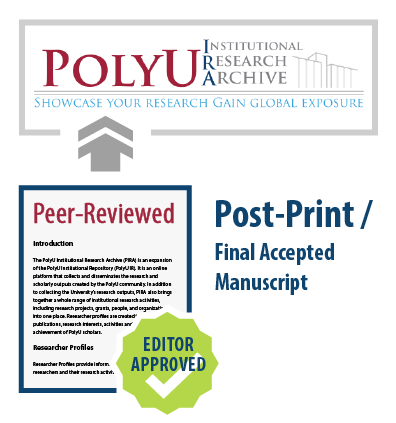
- Send manuscript as soon as it is accepted - before you forget!
If you wish to share your works in PIRA, make sure to send over the manuscript as soon as the paper gets accepted. This is because many people will not be able to locate this version after the final published version is online.
Visit our guide to learn more about PIRA and how to deposit your works in PIRA. Contact us if you have any enquiries.



 PolyU Library AI Chatbot
PolyU Library AI Chatbot